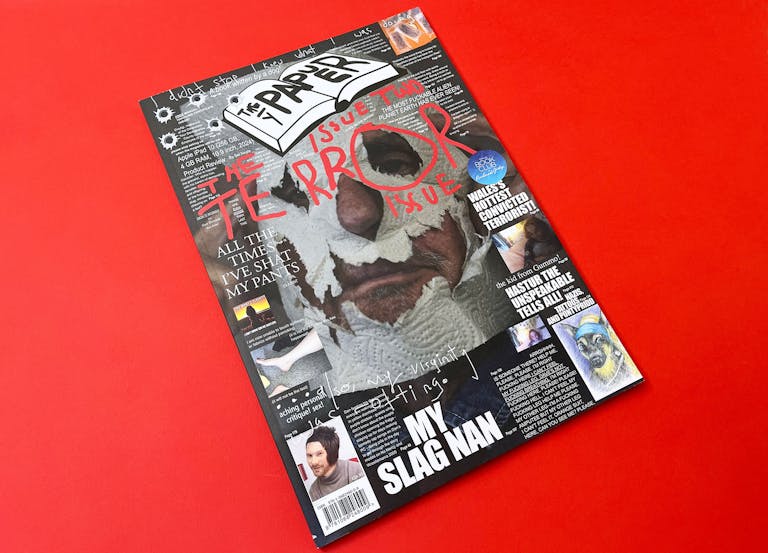Die Nacht – a labour of love

Die Nacht is a genuine one-man magazine. Edited and published by German art lover Calin Kruse, its production values and ambition put it clearly outside the boundaries of a zine, but it also has some trouble working on the level of a magazine. In fact with its diminutive size and format it can feel more like a sample book than a magazine, and at its best it works like that too, offering samples of arresting photography that literally leap off the page.
As well as the photography there are illustrations and essays, all lovingly compiled by Kruse in the individually numbered issues (the name Die Nacht apparently comes from the fact that he puts it all together in his spare evenings). There’s almost no advertising in the magazine and it’s clearly a huge amount of work for him.
The introduction to issue number five hints at hardships that led to “a slight melancholic issue” and a delayed publication date – a familiar tale for any publishers who take the step up to making their own magazine.
He could certainly use some help. The articles are written in both German and English and the masthead suggests that he has people working on the translations, though to be honest they’re not great – certainly not up to the quality of the photography. And the design can be confusing too – sometimes the English translations are placed directly alongside the story, and sometimes they’re collected at the back of the magazine, leading to too much uncertain flicking.
But it’s all about the photography, and Die Nacht contains some incredibly powerful pictures. A collection of photographs by Hendrik Kerstens opens the magazine and consists entirely of portraits of his daughter Paula, some of them highly stylised with subverted references to the Dutch masters (see above), some of them alarmingly intimate and personal. Young photographer Alice Smeets also stands out with her pictures of children growing up amidst Haiti’s crushing poverty. Originally intended to be shown in black and white, they’re shown here in beautiful colours that contrast with the hardship surrounding the children.
One-man magazines are invariably driven by passion and love, and that floods out in the photography that Kruse selects for Die Nacht. The best magazines find a way to take that passion and marry it with professional publishing experience to become a long lasting, commercially viable title. I hope Kruse can find a way to do the same thing – it’d be great to see Die Nacht grow into a fully fledged international photography title.



